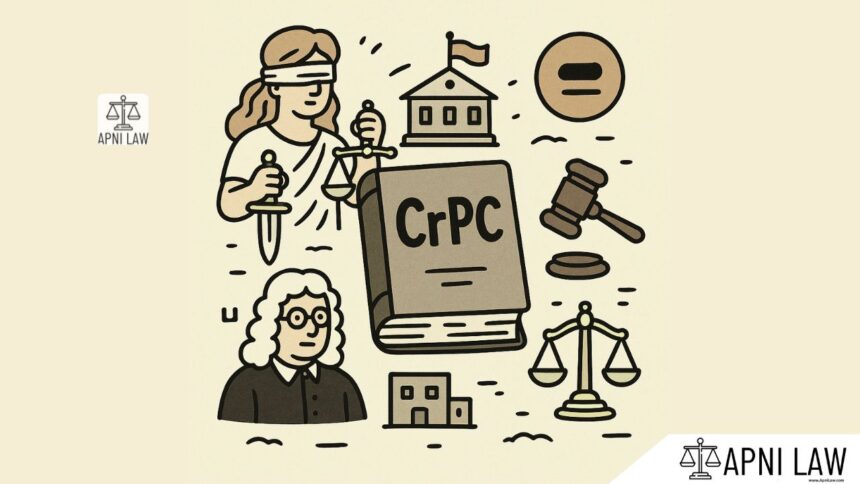Code:
(1) As the evidence of each witness taken under section 275 or section 276 is completed, it shall be read over to him in the presence of the accused, if in attendance, or of his pleader, if he appears by pleader, and shall, if necessary, be corrected.
(2) If the witness denies the correctness of any part of the evidence when the same is read over to him, the Magistrate or presiding Judge may, instead of correcting the evidence, make a memorandum thereon of the objection made to it by the witness and shall add such remarks as he thinks necessary.
(3) If the record of the evidence is in a language different from that in which it has been given and the witness does not understand that language, the record shall be interpreted to him in the language in which it was given, or in a language which he understands.
STATE AMENDMENT
Gujarat
In the principal Act, in section 278, after sub-section (3), the following sub-sections shall be added, namely:–
“(4) Nothing contained in sub-sections (1) to (3) shall apply when the evidence under section 273 is taken through the medium of Electronic Video Linkage.
(5) The evidence taken through the medium of Electronic Video Linkage in electronic from shall be the electronic record within the meaning of clause (t) of section 2 of the Information Technology Act, 2000 (21 of 2000)
[Vide Gujarat Act 31 of 2017, sec. 3.]
Explanation:
This section outlines the procedure for completing evidence in criminal cases. It ensures that both the prosecution and defense have a fair chance to present their evidence and that the trial proceeds in an orderly manner.
Key Provisions:
- Right to summon witnesses: Both the prosecution and defense have the right to summon witnesses to testify in their favor.
- Examination-in-chief: The party calling a witness examines them to present their evidence.
- Cross-examination: The opposing party can cross-examine the witness to test their credibility and elicit information relevant to the case.
- Re-examination: The party who called the witness can re-examine them to clarify any matters raised during cross-examination.
- Order of evidence: The prosecution presents its evidence first, followed by the defense. The prosecution can then present rebuttal evidence if necessary.
- Closing arguments: Both parties have the opportunity to present closing arguments summarizing their case and the evidence presented.
- Procedure for completing evidence: Once all evidence has been presented, the court declares the evidence closed.
Illustration:
In a case of theft, the prosecution would first present evidence such as the stolen property, witness statements, and CCTV footage. The defense would then present its evidence, which could include an alibi witness or evidence suggesting the accused was not involved. After both parties have presented their evidence, the court would declare the evidence closed and proceed to judgment.
Common Questions and Answers:
Q: Can a party call additional witnesses after the evidence has been closed?
A: Generally, no. However, the court can grant permission in exceptional circumstances, such as when new evidence comes to light.
Q: What happens if a witness refuses to answer a question during cross-examination?
A: The court can compel the witness to answer, and failure to do so can result in consequences.
Q: Can the court itself call witnesses?
A: Yes, the court can call witnesses if it believes it is necessary to ensure a fair trial.








